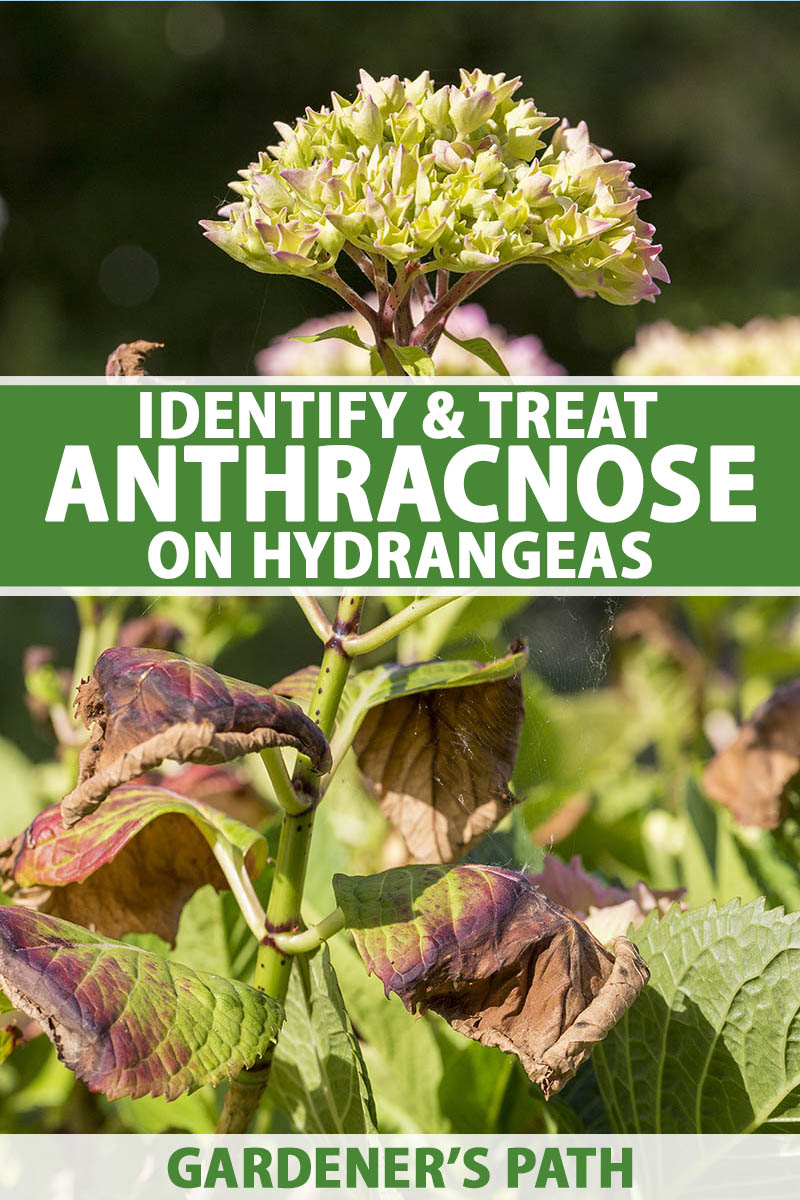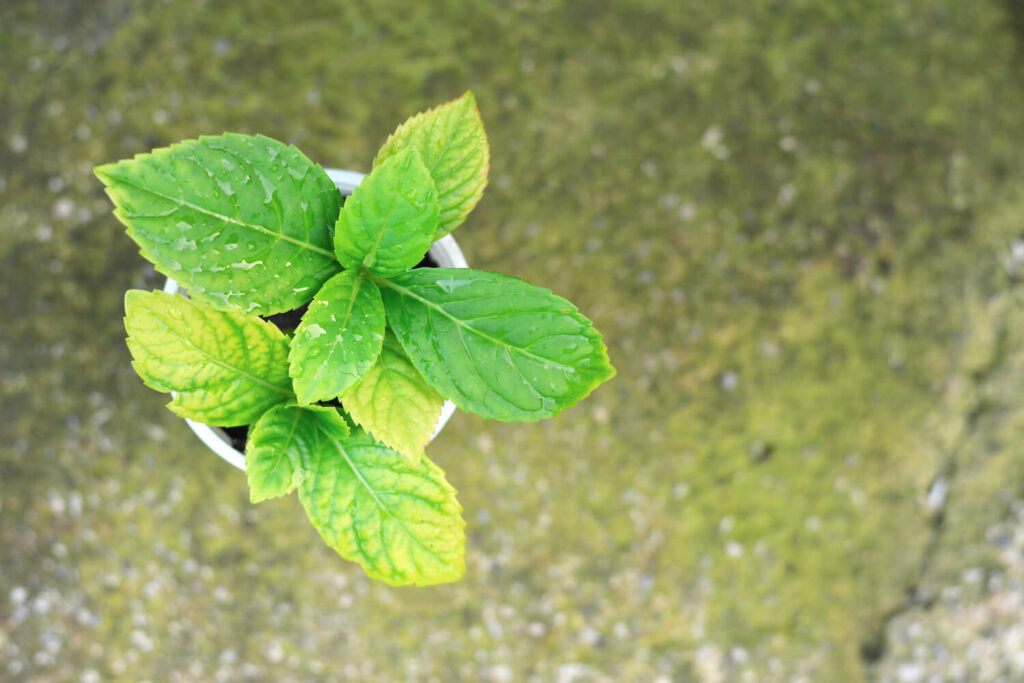The Best Guide To Hydrangea Leaves Turning Yellow
Unknown Facts About Hydrangea Leaves Turning Yellow
Table of ContentsHydrangea Leaves Turning Yellow - The FactsIndicators on Hydrangea Leaves Turning Yellow You Need To KnowWhat Does Hydrangea Leaves Turning Yellow Mean?How Hydrangea Leaves Turning Yellow can Save You Time, Stress, and Money.The Only Guide for Hydrangea Leaves Turning YellowThe Greatest Guide To Hydrangea Leaves Turning YellowHydrangea Leaves Turning Yellow - The FactsTop Guidelines Of Hydrangea Leaves Turning Yellow
You can try to avoid fungal illness by keeping your yards cool and devoid of particles. Offer your yards a great fall and spring tidy up and get rid of all leaf litter from the ground, as well as from within the crown of the plant. These fallen leaves that will certainly remain, waiting to attack in the following expanding season.Copper fungicides are, however if they are overused they can become toxic to your plant. Clip the leaves, and remove them from the garden.
If they aren't getting adequate water, their leaves will certainly brown. Hydrangeas have a in the noontime sunlight, and recuperating once the sunlight has moved and the plants have some time to recuperate. If this happens repetitively you may see brown and crunchy fallen leaves that are drooping (Hydrangea Leaves Turning Yellow). This is their means of letting us understand that it requires some additional wetness.
Hydrangea Leaves Turning Yellow Can Be Fun For Anyone
To promptly treat this, you will want to water your hydrangeas!.?. !! Water them slowly so the plants can take in that water. Typically in areas where plants have actually come to be dried, the dirt is completely dry and the drainage of water comes to be a trouble. Adding water to very dried out dirt and the issue will certainly not fix itself.
Established plants may require to be sprinkled one to 3 times per week, depending on your conditions. It may appear appealing to spray the leaves down.
Water the base of the plant,. When the plant has recoiled, you can return to a regular watering timetable.
The Ultimate Guide To Hydrangea Leaves Turning Yellow
The container must be huge enough so the plant can grow and get all of the water and nutrients it needs. Panicles love the full sunlight.
So, no matter the range, strategy in advance and ensure your plant has lots of defense from the wind. You have a few choices below. You could transplant to a new location, or you might create a wind obstacle utilizing an additional plant, or secure fencing. To develop a wind barrier you could, or a bush to obstruct the wind.
Ornamental grass, Rose of Sharon, or Holly bushes are just a few ideas of plants you could use to obstruct the wind. Hydrangea Leaves Turning Yellow. If you require to transplant, discover a place in your garden that is well protected from sunlight and wind. Transplanting is finest done in the fall or the spring
Not known Facts About Hydrangea Leaves Turning Yellow
The plants place is the most vital variable when it comes to getting well-known and appropriate development. With a little forethought on growing location and appropriate upkeep, you'll be able to ensure your hydrangeas!.
If Hydrangea leaves turn yellow and falls off later, it's generally due to overwatering, as the plant can not uptake water and sheds the fallen leaves to reduce off transpiration. Following this, Hydrangea leaves start to sag and shrivel. Because both problems can develop yellow fallen leaves, you ought to detect the distinction in between the overwatered and underwatered plant.
You can save the plant from yellow leaves by supplying it the appropriate light and positioning. If your plant obtains yellow fallen leaves, move it to a dark place. Area Hydrangea plants indoors near an east-facing window. Dapple the plant with drapes or UV defense sheets to block direct warm.
The 3-Minute Rule for Hydrangea Leaves Turning Yellow
Bear in mind, Hydrangeas are just frost forgiving in loss and winter months as they go dormant, and temperature modifications can trigger yellowing leaves and brown spots. If it obtains also warm, the edges of the leaves come to be yellow, transform brown and develop a crunchy appearance. Transfer your potted Hydrangeas away from breezy north-facing windows in the winter season.
Hefty soil can quickly from this source block the oxygen supply to the origins and cut the link with the upper parts of the plant (fallen leaves). Hydrangea leaves transform their color if they find minor aggravations in the dirt make-up. This problem can trigger the Hydrangea delegates turn yellow, experience fallen leave decreases, and make a saggy plant in sync with overwatering.

More About Hydrangea Leaves Turning Yellow
So, reducing off assists Hydrangea color unnecessary weight and protection, permitting the growth of brand-new leaves. The very best time to trim Hydrangeas is springtime when the plant is prepared to grow foliage for the following period. Check for invested or diseased fallen leaves and reduce the base of a stalk that joins the fallen leaves and stem.
Stay clear of reducing healthy or eco-friendly leaves, and do not get rid of even more than 25% of the plant's vegetation. The main factor behind the red fallen leaves in Hydrangea is inadequate dirt or environmental conditions.
Likewise, repot the plant each year in spring or every 2 years if the growth price is sluggish.
Hydrangea Leaves Turning Yellow Can Be Fun For Everyone

Each factor influences the plant in such a way that can be dealt with if we recognize just how to look after hydrangeas the proper way. my website When we discuss poor light for hydrangeas, we indicate that the plant isn't obtaining sufficient sunlight. Hydrangeas choose brilliant light, but not straight, scorching sunlight. They usually grow ideal with early morning sunlight and afternoon shade.
Without sufficient sunlight, the fallen leaves can turn yellow, the plant can become weak, and it could create less blossoms. To guarantee a hydrangea receives ample light, it needs to be put in a spot where it can appreciate the morning light and be safeguarded from the extreme afternoon sun. Overwatering is when a hydrangea plant obtains more water than it requires.
Not known Details About Hydrangea Leaves Turning Yellow
Yellow fallen leaves may be an indication that the plant is getting too much water. On the other hand, dehydration takes place when the plant does not get sufficient water.
This issue prevails in the fall as the weather condition adjustments or if a hydrangea is planted in a spot where it doesn't obtain adequate heat from the sun. It is necessary to understand the appropriate problems for hydrangeas to avoid low-temperature tension. As an example, most hydrangeas grow best in zones 6 to 9, where the climate is milder.
It is necessary to know that this sort of yellowing is different from the yellowing triggered by problems like way too much water or not adequate light. If the yellow fallen leaves are primarily at the base of the plant and the remainder of the plant looks healthy and balanced, it might just imply that the leaves are just getting old.